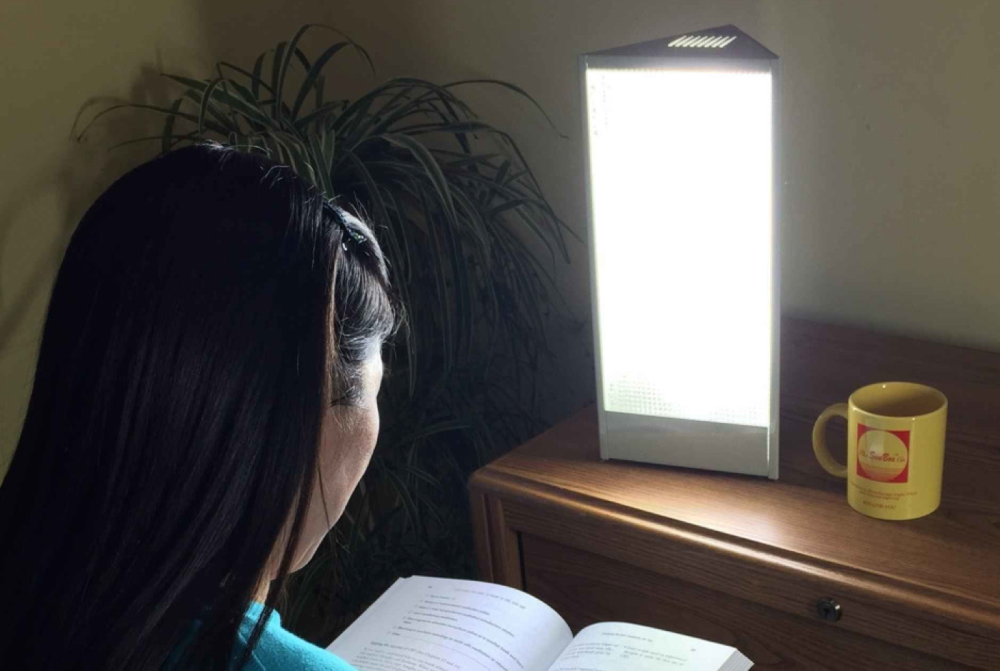Winter is coming, and for the 30+ million Americans with Seasonal Affective Disorder (SAD, seriously?), that could mean low energy, inconsistent sleep, weight gain, and decreased sex drive. Luckily, there’s a new solution in the works, and it comes from a team of high school students. I repeat, it comes from a team of high school students, from the NuVu school in Cambridge, Mass. Their solution is called Life Light, and it uses covert phototherapy to trick your brain into thinking you’re on a beach enjoying the sunrise.

If you’re having a hard time believing that high schoolers could cure a fairly significant psychological condition during science class or recess, you should know that these kids don’t go to your average high school. NuVu is a highly specialized “innovation school” for children between the ages of 11 and 18, founded by graduates of MIT.
There are no courses, there are no subjects, there are no classrooms, and there are no grades. Instead of tests, teachers assign real-world problems, and guide teams of students to a solution. Life Light was one of those projects, and it’s based on research that shows that the symptoms of seasonal affective disoder can be mitigated with a bright, fluorescent light that mimics the sun. Existing light therapy treatments are considered by many to be inconvenient—who wants to sit in front of a lamp for hours a day?—so the NuVu team saw an opportunity.

Life Light is a window treatment—essentially high-tech blinds—that hides a series of small LED lights, giving the appearance of a sunny day diffused through drapes. It’s also connected to your phone so it can automatically turn off and on depending on the time of day. The hope is that the intelligent drapes will increase your light exposure without you even knowing it. According to Micah Reid, one of the leaders of the Life Light project:
This integrates the lamp into the user’s’ daily routine, making it so they can take in sunlight from a natural indoor location, while not taking up any extra space in their home.
It doesn’t require any ongoing planning or thought either. It’s just there…

Mental health experts believe that seasonal affective disorder is the result of winter’s shorter days, which mean less ambient light. Changes like this can affect your body’s circadian rhythms, dropping serotonin levels and disrupting melatonin production, which helps to regulate your sleep schedule. If that sounds complicated, the solution is simple: you need to get more bright light, artificial or not.
Life Light could also be used to improve your sleep cycle. Gradually increasing the light in your room every morning, for example, can help make waking up a less dismal experience. I use a lamp like this one from Philips, with “Colored Sunrise Simulation,” to trick my brain into thinking it’s waking up to a glorious sunrise every morning, complete with me holding my dog up in the air like a baby Simba. Life Light opens up even more options for strategically applying light throughout the day.
Unfortunately, I’ll have to wait with everybody else for this invention to hit Kickstarter. Micah and her team have to go to prom and stuff. Pretty legit excuse. She hopes that the final retail version of Life Light will be in stores in 2018…when she’s a sophomore in college. Pretty impressive for a up-and-coming young woman in tech who has suffered from SAD herself.

